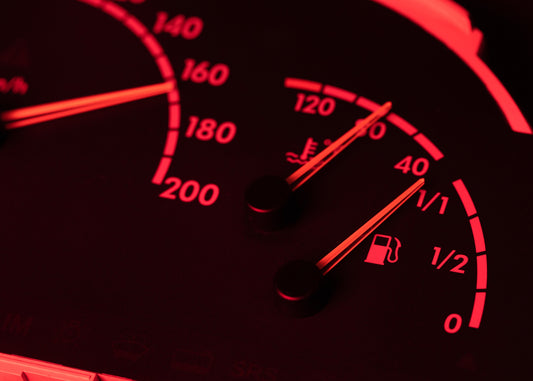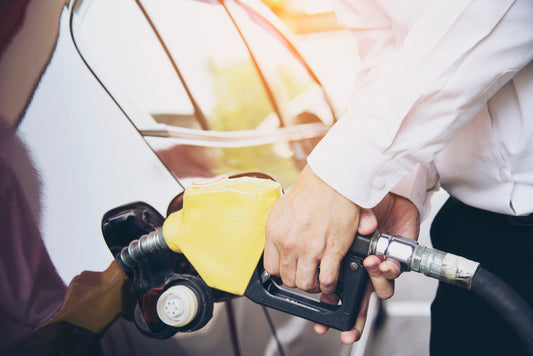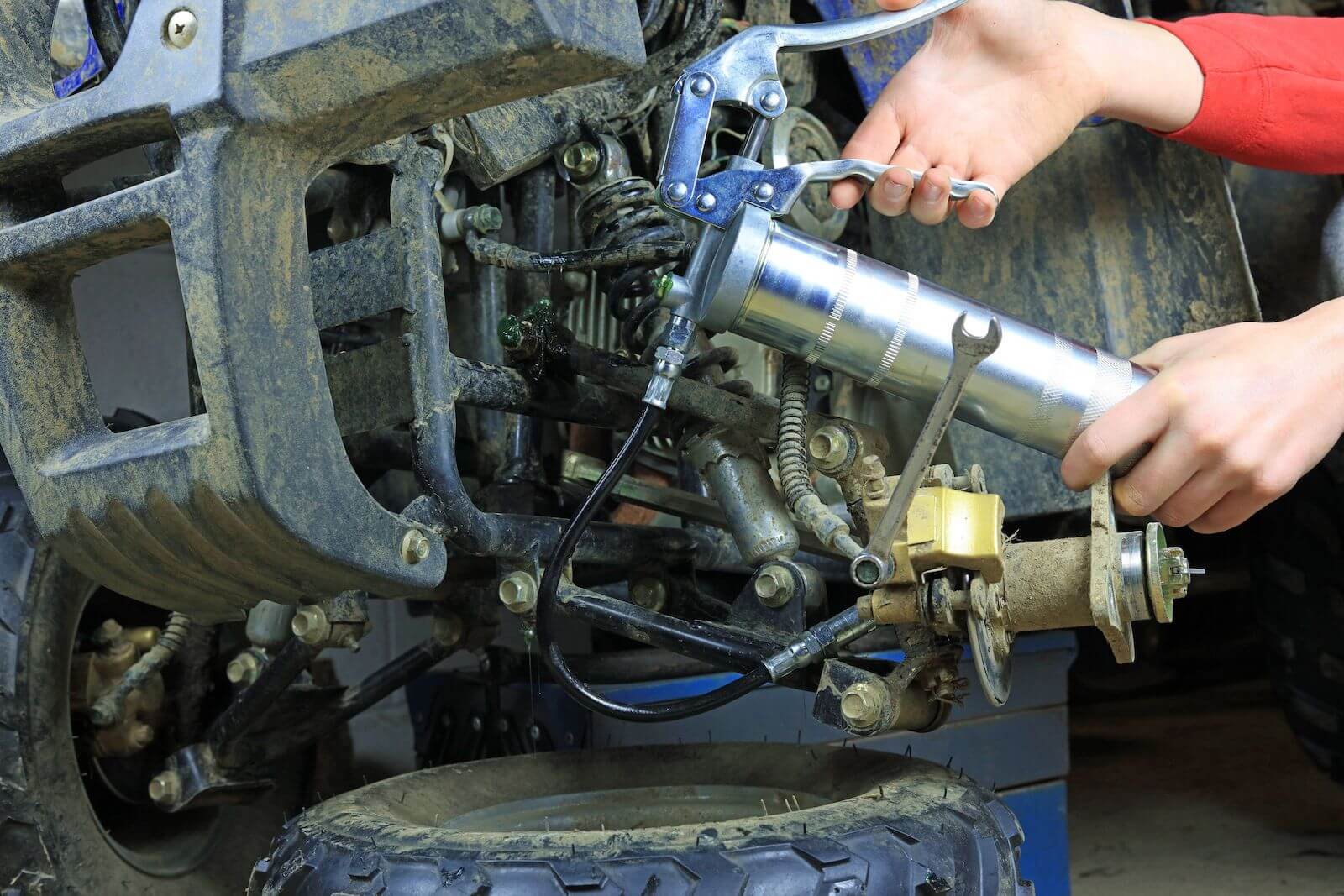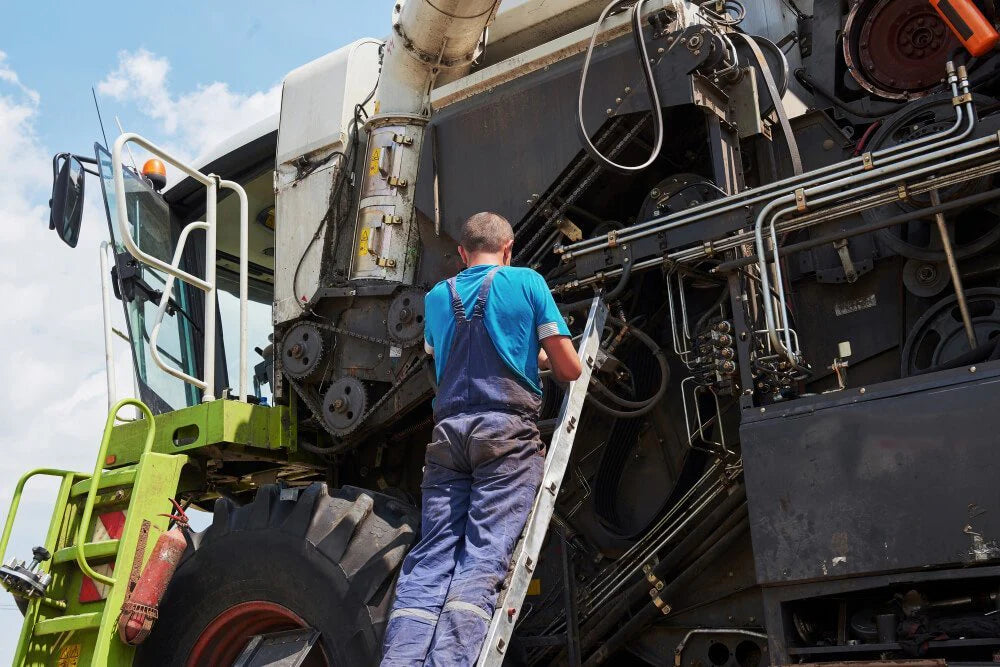You’ve probably heard the term “engine flush” during your regular car maintenance visits or maybe you have stumbled upon it online while researching car care. But do you know what it entails, why it’s important, and how it’s implemented? This guide aims to enlighten you on those aspects.
Engine flushing is a maintenance process that involves the removal of gunk (dirt, debris, and sludge) from your car’s engine. Most vehicle owners tend to overlook this process but it’s something that needs to be done. If sludge and grime are allowed to build up over time, they can hamper the performance of your engine.
Hence, engine flushing forms an intrinsic part of maintaining a healthy vehicle. This guide will provide an in-depth explanation of engine flushing, its importance, and why you might need it.
Understanding Engine Flush Oil
Engine flushing is a method used to clean the interior parts of an engine by filling it with a compound designed to break down oil deposits and sludge. The process aims at ensuring the engine’s longevity by eliminating restricting oil flow, dirt, sludge, and other contaminants that may have accumulated over time.
Here’s how an engine flush typically works for removing engine sludge or carbon deposits:

First, the mechanic will empty out the existing oil from the engine. They then add a specifically-formulated chemical, also known as an engine flush product. The car is allowed to idle, and in the process, the specialized chemical goes through the engine and loosens the residue stuck in the walls.
In the final step, the chemical substance and the dirty oil are drained out. The engine is now ready for fresh oil. This practice ensures that your car engine stays cleaner, performs better, and lasts longer.
Air-Tec HIGH-CLASS Automotive Oil Additive
The complex organic compounds found in HIGH-CLASS Automotive Oil Additive provide unmatched friction reduction and exceptional wear reduction and protection.
shop nowWhy You Might Need an Engine Flush?
Why might one need engine flush in the first place? It primarily has to do with the performance and lifespan of the car. Over time, engine oil gets contaminated with dust, dirt, and debris from the engine and the environment. If this contaminated oil isn’t changed regularly, it may form a sludge that sticks to the parts of the engine. This can affect the lubrication, leading to friction between engine parts, and could potentially lead to significant engine damage over time.
If you hear strange noises from your engine, see a drop in engine performance, or notice an increase in exhaust fumes, these could be the signs that your engine needs flushing. Additionally, if your vehicle’s oil hasn’t been changed for a long time, an engine flush can be highly beneficial.
Regular engine maintenance, including routine oil change and considering an engine flush as needed, is vital to maximize engine life. Keeping the engine clean and free from sludge and debris ensures that it runs efficiently. As they say, ‘Prevention is better than cure,’ it applies aptly when considering the health of your car’s engine.
In the next sections, we will delve into the process of an engine flush, the types of engine flush products available, when not to flush, the difference between getting a professional to do it and a DIY approach, and we’ll also cover some frequently asked questions. Read on to become better informed and ensure the smooth running of your vehicle.
Engine Flushing: The Process
Carrying out an engine flush might seem like a daunting task, but with the right knowledge and following the correct procedures, it can be accomplished smoothly. Here is a step-by-step guide for your reference:
Warm Up Your Engine: Start your car and let it idle for a few minutes. The warm oil can better dissolve the residues.
Add the Engine Flush Product to the Existing Oil: Run the engine for 15 minutes and then turn off the engine. Safely lift your vehicle using a car jack, put on safety goggles and gloves, and place an oil drain pan beneath the oil plug. Unscrew the oil plug and allow the old oil to drain.
Screw in oil plug and Replace Oil Filter and Refill Fresh Oil: Install a new oil filter and refill the engine with fresh motor oil according to your manufacturer’s recommendation.
Note: You can use our Air-Tec High-Class Motor Cleaner/Engine Cleaner to cleans the oil and lubrication system, removes deposits on pistons and piston ring grooves, and cleans oil pipes, bores, and filters by completely dissolving grime and sludge.
Safety precautions cannot be emphasized enough during this process. Always make sure your car is in park mode and the parking brake is engaged before you start. Protective wear such as goggles and gloves aren’t optional, they are essential. Follow all instructions on the engine flush product label, and never leave your car unattended while it’s running.
Types of Engine Flush Products
Engine flush products come in a variety of types and brands, each with their specific strengths and limitations. Some popular types include:
Petroleum-based Engine Flush: These are made with kerosene or mineral spirits. They are good at breaking down sludge but can be harsh on the engine seals and gaskets.
Synthetic Engine Flush: They are considered safer for your engine as they contain detergents rather than solvents. They’re milder, reducing the risk of damage to your engine’s seals.
Water-based Engine Flush: These are considered as eco-friendlier option. They are effective with water soluble debris, but not suitable to handle oil-based residues.
When selecting a product, consider the condition of your engine and follow the manufacturer’s recommendations for your car’s engine oil. A high-quality product will clean without causing any external harm to your engine components.
Air-Tec HIGH CLASS Injector Cleaner
Air-Tec High Class Injector Cleaner cleans an engine’s fuel system, removing harmful oil, carbon, sludge, and resin build up. All Air-Tec High Class products are produced in Germany and held to the industry highest standards, ensuring our products meet and exceed your expectations.
shop nowWhen Not to Flush your Engine Oil?
Flushing your engine might sound like an excellent way to maintain its health, but there are situations when it could potentially be harmful. If your car has been exhibiting signs of serious engine trouble such as knocking, tapping, or incessant overheating, an engine flush might do more harm than good. It can dislodge chunks of sludge and deposits that could clog narrow oil passages and starve engine parts of needed lubrication.
Engine flushes are also generally not recommended for high mileage vehicles that have never had an engine flush before. The build-up of sludge could be all that’s holding aged seals together, and removing that gunk could lead to leaks.

In these situations, it’s better to consult with a professional mechanic who can assess the engine’s condition and suggest the best approach to take. Remember, your vehicle’s preventative maintenance doesn’t end with an engine flush. Regular oil changes, air filter replacements, and other measures all contribute to a healthy, long-lasting engine.
Professional Engine Flush vs Do-it-Yourself
Deciding between a DIY approach and going to a professional depends on several factors such as time, experience, and comfort level. A DIY engine flush is an excellent way to save money, and it gives you firsthand knowledge of your vehicle’s maintenance. It can be a rewarding process, especially for car enthusiasts.
However, DIY also requires a suitable environment and the right tools. For example, you will need a safe way to lift your vehicle off the ground, among other tools. Also, you need to be familiar with the process and the safety measures necessary.
On the other hand, a professional mechanic has the training and experience necessary to handle an engine flush safely and efficiently. They have the right set of tools and a proper understanding of different engine types and their requirements. Moreover, a professional can identify other problems that might have gone unnoticed.
When deciding on which approach to take, consider your confidence, familiarity with the process, and the value of your time. If you are unsure or uncomfortable, it’s better to leave it to the professionals to avoid any potential damage to your vehicle.
AirTec High-Class Micro-Ceramic Oil Additive
HIGH -CLASS Micro-ceramic lubricating oil additive works with all conventional, semi- and fully synthetic engine and gear oils. It is a selected combination of the most modern high-tech solid ceramic lubricants, making it a world leader in ceramic additives.
shop nowConclusion
Taking care of your vehicle’s maintenance is a significant aspect of car ownership that should never be overlooked. Regular engine cleaning, to be specific, engine flushing, contributes to your vehicle’s longevity and its performance. Consider it not as an option but as a prudent step in proper car maintenance.
One word of advice—don’t wait for the signs of sludge build-up or a drop in engine performance before considering an engine flush. Make engine flushing a part of your regular maintenance routine. This isn’t just about getting the most miles out of your car; it’s about ensuring those miles are trouble-free. Your car will thank you for it.
Frequently Asked Questions
Is engine flush good for your car?
Engine flush is excellent for your car when used appropriately. It helps in cleaning the engine, improving its performance and potentially prolonging its life.
How much does it cost to get your engine flushed?
The cost of an engine flush varies by mechanic shop and geographic region, but typically, you can expect it to cost between $100 and $150.
What does it mean to flush car engine?
Flushing a car engine means to clean the internal parts of the engine by flowing a high-grade cleaner, specifically designed for engines, through the system to remove sludge, dirt, and contaminants.
How do you flush oil sludge from an engine?
Oil sludge from the engine is flushed out by using a specialized engine flush product. This product breaks up the sludge and debris, which are later drained out with the oil, leaving the engine clean.
How do you flush a diesel engine?
Flushing a diesel engine follows the same process as any other engine type. However, due to the thicker nature of diesel engines, the engine might need a bit more time to warm up and for the flush to work efficiently.









